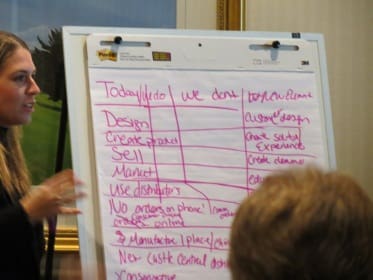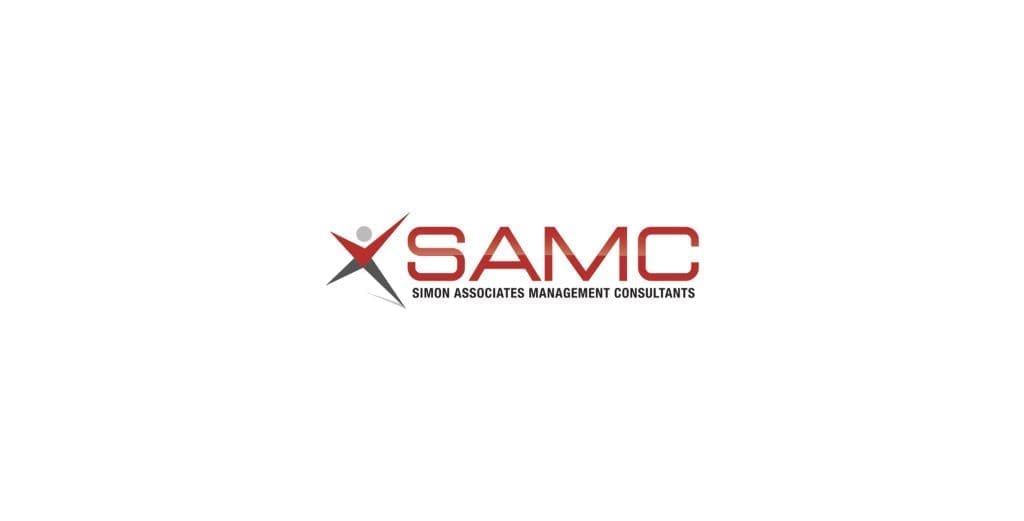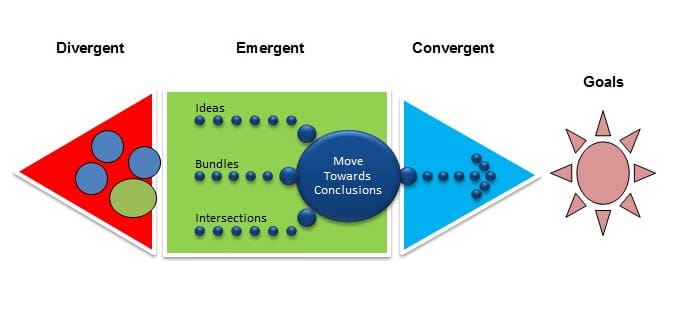 Andi and I, founders and partners at Simon Associates, are both trained Innovation Games® facilitators and have been using these very successful business tools to help clients for almost two years now, both for-profit and not-for-profit. Innovation is clearly a hot topic everywhere as companies and communities alike are trying to respond to these changing times.
Andi and I, founders and partners at Simon Associates, are both trained Innovation Games® facilitators and have been using these very successful business tools to help clients for almost two years now, both for-profit and not-for-profit. Innovation is clearly a hot topic everywhere as companies and communities alike are trying to respond to these changing times.
You can read about some of our Innovation Games work in our blogs. One blog (written by Andi) that I like in particular is based on work we did with a company in the plumbing industry. Entitled “Can Meaningful Play Convert Engineers into Gamers?” the blog explains how we used these games to engage 30+ managers to re-imagine their business. And it really worked, much to their amazement. Six big ideas emerged from people who did not think they could imagine anything new.
Watching Innovation Games in action convinced Andi and me to shift from being facilitators to trainers. We decided to do this so that we could train our staff and associates to also become facilitators, enabling us to lead big “gaming” sessions for clients, particularly municipalities. “Building a Better Budget” is a game that is becoming of great interest as cities, such as San Jose, CA, involve their communities in building their budgets. Across the US, cities are beginning to better engage their communities in budget decisions. More facilitators, properly trained, could be a great asset to communities and to our efforts to bring meaningful play to people who could benefit from idea-creation and strategy development.
Let me share with you the training process because it is really an innovative way to teach innovation.
First, we believe that experiential learning or active learning is far better than any book or lecture. Doing is critical to play learning.
Reflecting on our own training program, the first thing we did was look back to Brussels where we were trained by Agile. Andi and I attended a two day session in Brussels, Belgium and played a number of games. The trainer, Maarten Volders, was terrific and the group very diverse. Many spoke four languages. We were creating in so many different ways, and we were fascinated by how the games allowed us to pull our diverse ideas together into concepts that had real merit.
Understanding how to match the right game to the right problems to be solved is the most important part of the training process. As we designed the training, we decided to experiment with a construct around innovation that put the gaming process into a context.
It is well understood that for people to “see, feel and think” in new ways, they need a process that begins with a divergence of ideas, a way to disconnect all that they assume to be true today and create entirely new ways to do them tomorrow. We first trained the group on how to diverge.
After you diverge, you need a way to bring those abundant ideas together into something that begins to emerge as a big idea — a concept, an early-stage testable idea. Then finally, you need to bring the emerging idea to closure with a vision of how to make it happen. If not, the idea-generation is insufficient to be valuable.
We like to show it like this:
With that in mind, we modified the training so that it has a sequence that enables trainees to see how the games tie into the innovation process. We believe it is critical to establish relevancy and divergence as quickly as possible. In order to do so, we began with our trainees using the “Reverse Assumption” exercise.
We encouraged them to think about all the things an  organization does today. Using healthcare as an area of common interest, we took apart healthcare. We then reversed everything done today and got them to assume that they don’t do anything any longer. Rather challenging at first but then the trainees got into the game zone and started to create.
organization does today. Using healthcare as an area of common interest, we took apart healthcare. We then reversed everything done today and got them to assume that they don’t do anything any longer. Rather challenging at first but then the trainees got into the game zone and started to create.
One example that helps kick start the process is to imagine a non-restaurant restaurant. A restaurant has menus today…tomorrow they don’t. Today they sell food, tomorrow they don’t. What could you do without menus and food? One idea: sell time instead of food, the way Next does in Chicago.
Why do we do this? Because it allows people to begin to quickly “see, feel, and think” in different ways. It is a fun way to get the creative juices flowing. It allows the players to think about different ways to attack a problem or create an opportunity. The game comes out of good psychology but you can also read about it in Tinker Toys, the book by Michael Michalko or in The Medici Effect by Franz Johanssen.
Training people in Innovation Games® requires us to take them through the repertoire of options. We “Prune the Product Tree” and play in the “Hot Tub” or have them imagine a “Start my Day.” These games enable us to take the abundance of ideas, create more and begin to see them “emerge” into concepts that could really work. We then move on to “Now, Wow, How” since this game identifies short term versus long term opportunities. Then logically we move to “Back to the Future” since this game helps reduce a vision or end goal to something very concrete. This backwards planning exercise helps people remember the future, literally, and in the process see how they arrived. It also helps identify key deliverables or decision points and a realistic timetable.
We are continuing to train more facilitators. If you would like to know more about Innovation Games® for your organization, or if you would like to be trained as a facilitator, please contact us at info@simonassociates.net. You will find that the games become part of the way you “see, feel and think” about your business or your community in new ways. And you’ll have fun!




